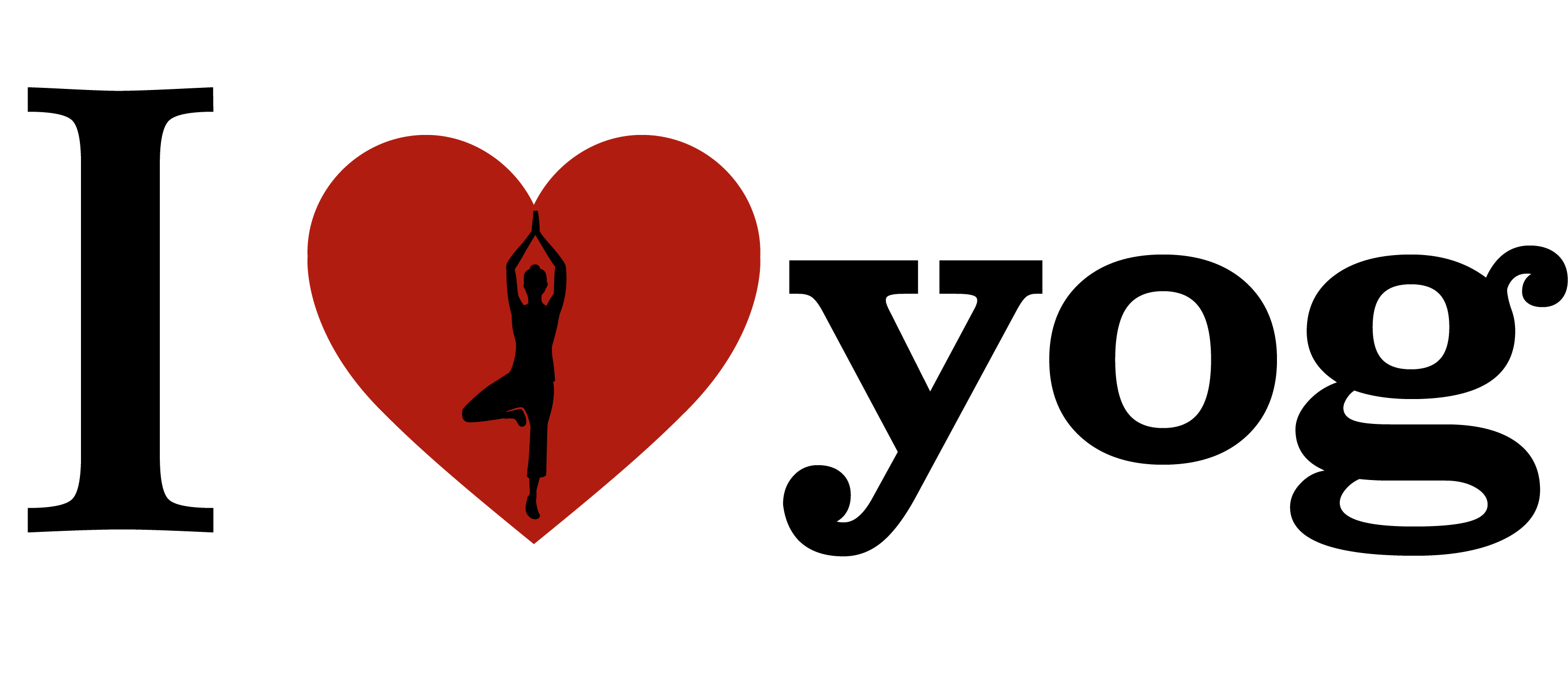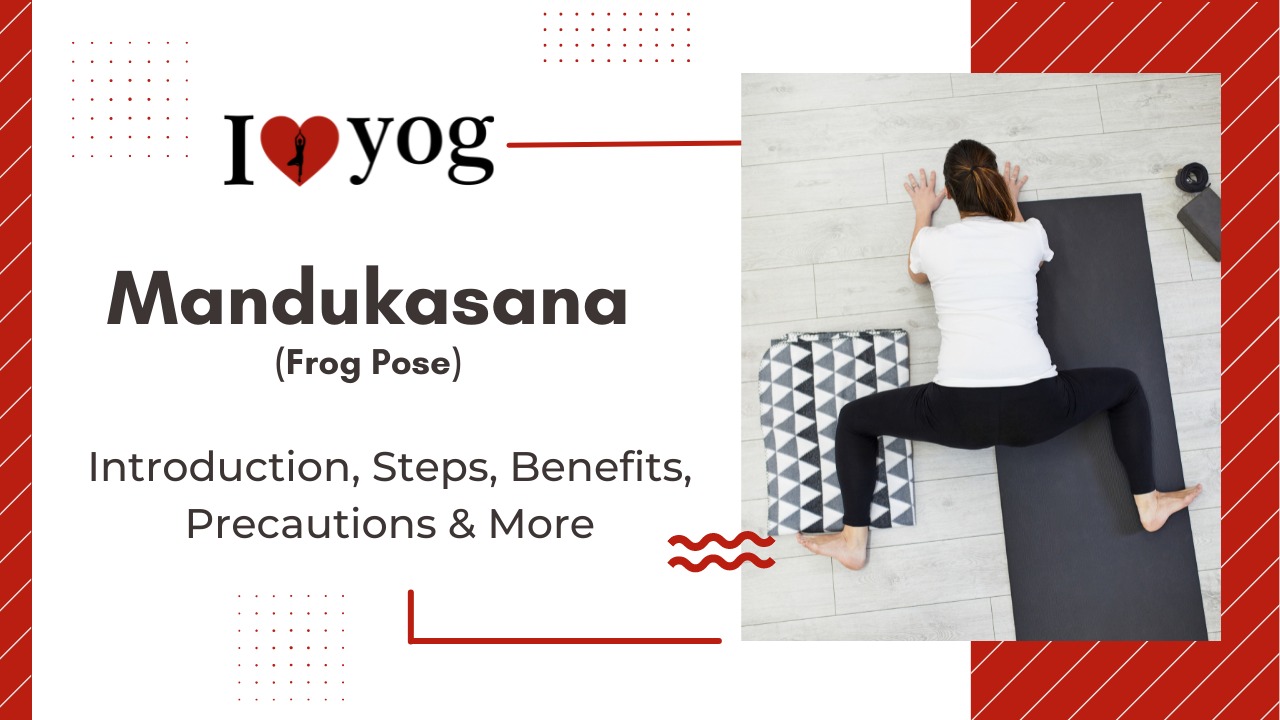What You Need to Know Prior to Performing Mandukasana Asana?
Perform this asana with an empty stomach and a clean stomach. Take your meals four to six hours before to your workout to allow your body sufficient time for digestion. Generally, 10 to 12 hours should elapse between meals and practise; hence, it is recommended to perform Mandukasana asana in the morning. However, due to their hectic schedules, several individuals do not exercise in the morning. These individuals can perform yoga in the evening.
- Yogasana Level – Intermediate and Advanced
- Yogasana Style – Sitting
- Yogasana Repetitions – Alternatively
- Yogasana fortifies – Human back
- Yogasana Stretches – Thigh, Abdomen, Thorax, Ankle, Inguinal Region, Major Psoas Muscle, Throat
Mandukasana’s effect on the tri dosha
Mandukasana helps digestion and treats indigestion, stimulates the pancreas, and is beneficial for the liver. Consequently, it is useful for balancing samana vata, pachaka pitta, and ranjaka pitta. Additionally, it treats constipation and bloating, promotes reproductive health, and heals menstrual cramps. Therefore, it is beneficial for balancing apana vata. It treats asthma and promotes heart health, hence balancing udana vata. It alleviates tension, despair, and anxiety, thereby balancing the prana vata, sadhaka pitta, and tarpaka kapha axis.
How To Do Mandukasana Yoga Posture/Asana?
- From a low lunge, lower your back knee (in this case, the left knee) to the mat. If your knee is sensitive, you can place a blanket under it or fold your yoga mat in half for additional protection.
- Bring your hands to your right knee while simultaneously bringing your right knee directly over your right ankle.
- Inhale and raise your arms above your head while maintaining them parallel to your ears.
- To deepen the lunge, press forcefully into your feet while shifting your hips forward. As you do so, your left thigh approaches the floor. To support engagement and prevent sinking into the joints, produce adduction by hugging your inner thighs in toward one another.
- If a backbend of the upper spine is comfortable, you may perform one.
- Exhale to lower the hands, reposition the front foot, and complete the pose.
- Proceed for the left.
Benefits Of Mandukasana Yoga Posture/Asana?
- Enhances hip mobility and may reduce back discomfort
The Frog Pose may relieve tightness in the low back, alleviate sciatica pain, and strengthen the back. It is perfect for persons who sit for long durations, which can lead to low back pain and tight hip flexors.
Pose of the Frog may help increase hip mobility, flexibility, and range of motion, which is beneficial for individuals with tight hips from jogging, swimming, or cycling.
- May promote psychological and emotional wellbeing
The addition of breathing exercises to Frog Pose may yield further benefits. You may, for instance, focus your attention on each breath, the feelings that develop in your body, or a particular place of your body, such as your third eye or heart centre. Additionally, you can consider your alignment.
A new study indicated that mindfulness-based stress reduction approaches dramatically reduce chronic pain, enhance life quality, and improve mental health.
In Yin yoga sessions, Frog Pose is typically held for several minutes. Yin yoga classes frequently include elements of awareness and relaxation, such as breathing techniques.
One study found that those who performed Yin yoga alone or in conjunction with mindfulness techniques lowered their levels of stress, anxiety, and depression much more than those who did not practise either.
The relaxing effect of Frog Pose on the body and mind can help alleviate tension, anxiety, and depression. Although additional high-quality research is required, one study indicated that yoga may help reduce depressive symptoms.
Yoga may also be beneficial for depressed individuals who do not engage in psychotherapy or use antidepressants for different reasons.
- May assist diabetic control
Several yoga techniques, such as postures, breathing exercises, and meditation, have been demonstrated to positively impact the management of type 2 diabetes by regulating blood sugar levels and reducing the risk of complications.
According to one study, yoga positions such as Frog Pose may enhance pancreatic function. Pose holding for at least 30 seconds and gradually extending time may provide the maximum effect.
- May improve circulation and assist with blood pressure management
Frog Pose may increase circulation, hence increasing blood flow and lowering blood pressure.
According to the findings of one study, yoga is most effective for treating high blood pressure when paired with breathing, meditation, and relaxation techniques.
- Could reduce occupational stress
Yoga may lessen the negative impacts of occupational stress, including digestive issues, low back pain, and mood disorders.
Mandukasana Posture/Asana’s Contraindications And Precautions
- Back, hip, or knee damage
- Pregnant women
- Recent abdominal, chest, knee, or leg surgery
Science Behind Mandukasana Posture/Asana?
It will result in a very severe stretch for the groyne, inner thigh, and hips. Start cautiously and stop deepening the stance if you get pain. Consistent practise will improve your flexibility and ability to sit further back in the position.
Beginners Tips For Mandukasana Posture/Asana?
Beginners’ Common Mistakes:
Forget to Breathing
One of the greatest advantages of frog stance is deep, abdominal breathing. This is crucial as you deepen the stretch in your groyne and proceed into the pose. Refrain from holding your breath. If the stretch feels too intense, and you respond by breathing less, relax the stretch and refocus your emphasis on breathing.
Separating Your Knees by Force
If you are new to this position or have limits in your hips or knees, do not try to go closer to the ground by forcing your knees further apart. Only lower your body as far as is comfortable. As long as you feel the stretch and breathe deeply, the pose will continue to be beneficial.
Allowing Your Lower Back to Slump
The success of this position depends on maintaining a strong core and a flat lower back.
While it may feel difficult to engage certain muscles (in this case, the core) while releasing others (the hips and inner thighs), this is an example of the muscle intelligence that yoga develops. If necessary, place a bolster beneath your stomach.
Advanced Changes in Pose
If your knees are sensitive, you can cushion them with more blankets or even the folded edges of your yoga mat. If the whole frog position is too unpleasant or your hips and groyne muscles are unable to complete the entire movement, reduce the distance between your knees and do not lower your torso and hips as low to the ground. You may also attempt moving your feet closer together to lessen the stretch’s severity. Optionally, you can support your body by placing rolled-up blankets or a bolster under your hips as you stretch to strengthen the flexibility of your inner thighs.
Try a half frog posture in which one leg is in frog pose and the other leg is extended straight back, allowing the torso and stomach to rest on the ground. The cheerful baby posture (Ananda Balasana) can be performed either before or after the half frog stance.
Willing to Accept a Challenge?
If you can stretch and breathe pain-free in frog stance, you may be prepared for a challenge. Try increasing the distance between your knees and lowering your torso and hips toward the ground. You may also try spreading your feet more apart to determine whether this increases or modifies the stretch for you. Always move gently and maintain steady breathing when performing any of these variants.
Related Yoga Poses/Asanas –
Alternative postures
- Dragonfly
- Child’s position
- Butterfly
Counter pose
- Cat/Cow followed by Dog with its Back to You
- Windshield Wipers
Reference:-
- https://www.verywellfit.com/how-to-do-a-frog-pose-4690004
- https://www.ekhartyoga.com/resources/yin-poses/frog-pose
- https://www.healthline.com/health/fitness/frog-pose-benefits#modifications
- https://www.everydayhealth.com/yoga/can-the-frog-pose-help-pain-circulation-digestion-stress-better-sex/
- https://www-easyayurveda-com.cdn.ampproject.org/v/s/www.easyayurveda.com/2020/12/03/mandukasana-frog-pose/?amp_gsa=1&_js_v=a9&usqp=mq331AQKKAFQArABIIACAw%3D%3D#amp_ct=1660743240194&_tf=From%20%251%24s&aoh=16607432351763&referrer=https%3A%2F%2Fwww.google.com&share=https%3A%2F%2Fwww.easyayurveda.com%2F2020%2F12%2F03%2Fmandukasana-frog-pose%2F


